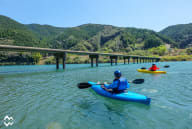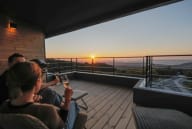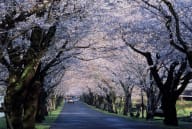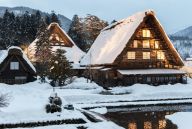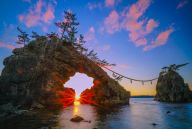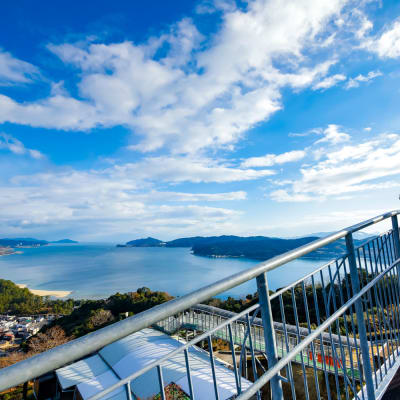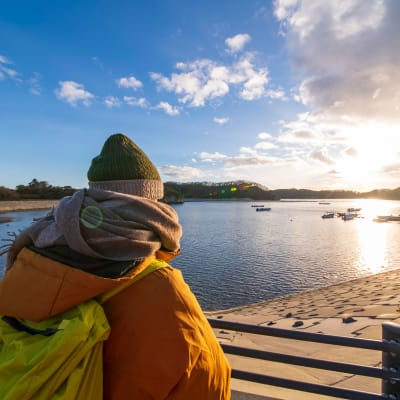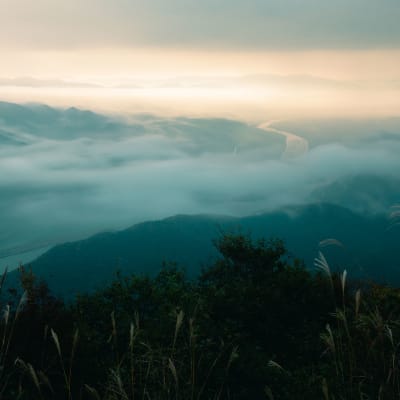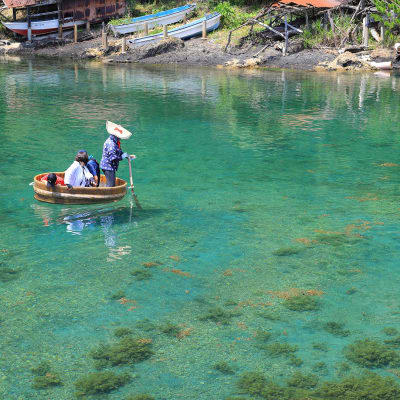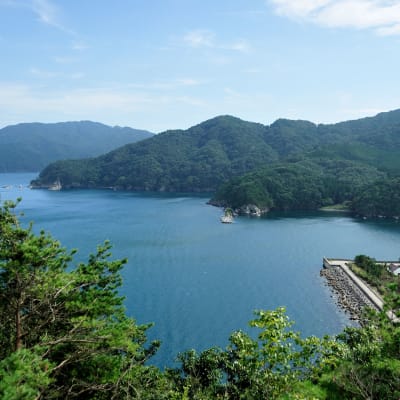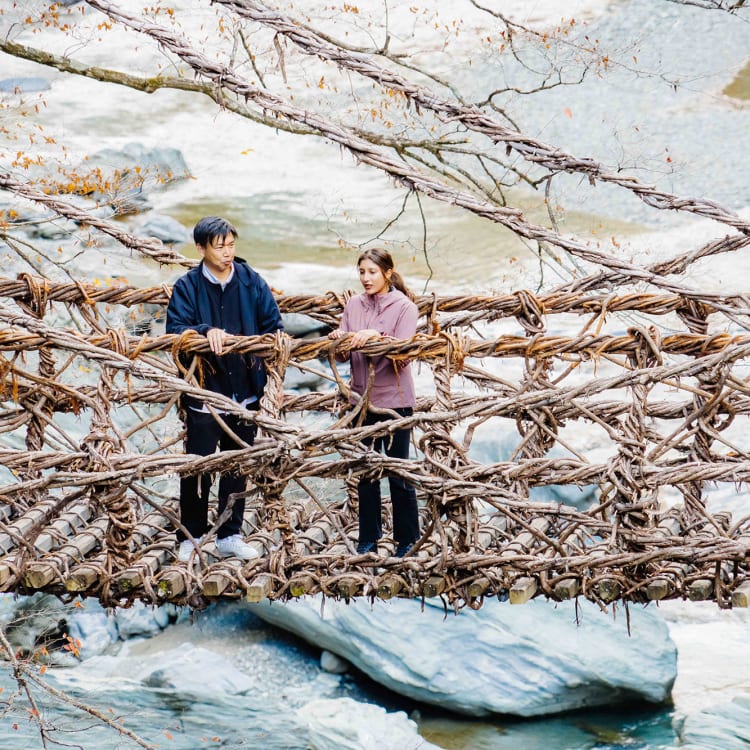
Sustainable Destinations Protecting Nature and Culture through Sustainable Efforts in Miyoshi and Yatsugatake
Miyoshi City in Tokushima Prefecture, home to the stunning and remote Iya Valley, and the Yatsugatake tourism zone, spanning Yamanashi and Nagano Prefectures, are two regions where efforts toward a sustainable future, rooted in coexistence with nature, are being continuously promoted. One of Miyoshi's landmarks, the kazurabashi, symbolizes the deep connection between the region's natural environment and traditional craftsmanship. Locally, efforts to preserve this cultural heritage are ongoing, including the reconstruction of the aging bridge. Meanwhile, in the Yatsugatake region, the abundant natural environment is being leveraged to create a sustainable tourism framework that supports a positive cycle for the future of the area. These regions are steadily advancing toward sustainable development, making use of their unique characteristics, and are highly regarded for their efforts.
Miyoshi City (Tokushima)


Bridging a Community with Mountain Vines
The Iya Valley is a lush, remote valley nestled deep in the mountains of Tokushima Prefecture. For centuries, locals traversed its rugged gorges and cliffs using suspension bridges ingeniously built from vines. These vine bridges, known as kazurabashi, once served as essential lifelines for the region’s isolated communities, but now, they have become a rarity. We visited the Iya Valley to discover how its famous Kazurabashi Vine Bridge is being preserved for years to come.
Sustainability Spotlight

Koji Kamizasa & Kenichi Miyata
Koji Kamizasa works in the Tourism Bureau of the Miyoshi City Office, while Kenichi Miyata is part of the Cultural Properties Section. Both are deeply involved in the preservation of the Iya Kazurabashi Vine Bridge and in ensuring that traditional building techniques are passed down to future generations.
We met with Koji Kamizasa and Kenichi Miyata of the Miyoshi City Office to learn more about the Kazurabashi Vine Bridge—a unique local symbol. “In the past, 13 of them existed in the area, but now the Kazurabashi Vine Bridge is just one of three surviving vine bridges.” Miyata tells us.
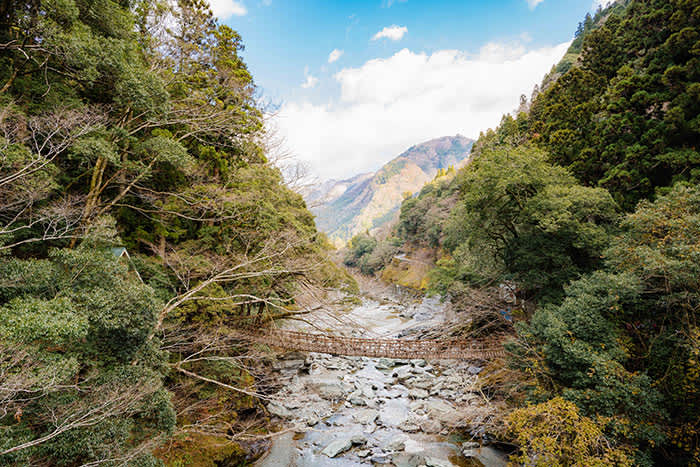
Iya Kazurabashi Vine Bridge
What makes the bridge so unusual is its use of a special type of vine called the shirakuchi-kazura that grows naturally in the mountains of Iya. “Shirakuchi-kazura vine is very sturdy and rot-resistant, making it a great natural material for suspension bridges,” explained Miyata. “However, since the bridge is replaced every three years due to the volume of visitors, this type of vine is becoming more and more difficult to obtain from the surrounding mountains.” We learned that it takes two to three decades for the shirakuchi-kazura to grow to a suitable size, and thousands of pieces are required to construct the 45-meter-long bridge.
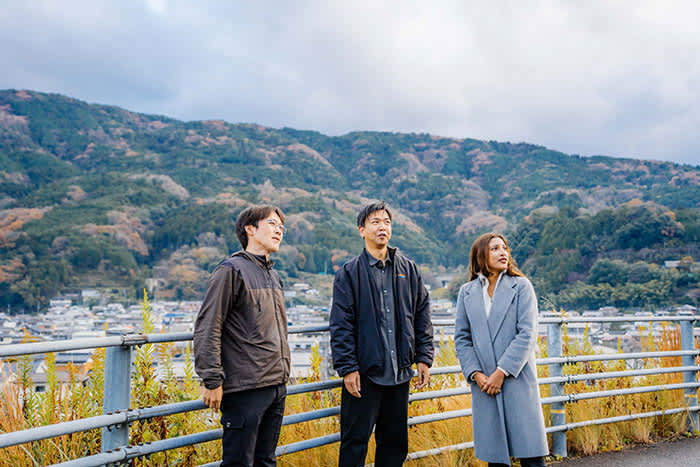
Chatting with Koji Kamizasa and Kenichi Miyata
To combat this issue, Miyoshi City has partnered with the prefectural forestry agency to protect the forests and plant more shirakuchi-kazura. “We also involve local residents and students in the planting process to remind them that they play an essential role in preserving this heritage,” Kamizasa commented.
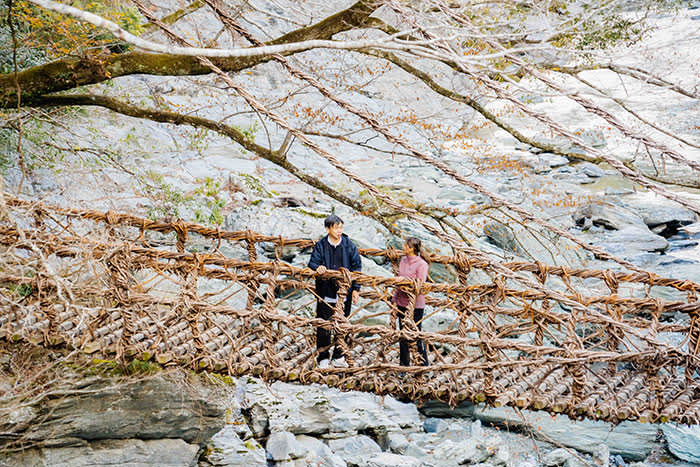
With Kamizasa on the vine bridge
Most of the work involved in replacing the bridge is done painstakingly by hand, using traditional techniques passed down for generations. “We commission local carpenters and artisans to work on the bridge,” Kamizasa said. “Coming together every three years for this project also helps foster community bonds.”
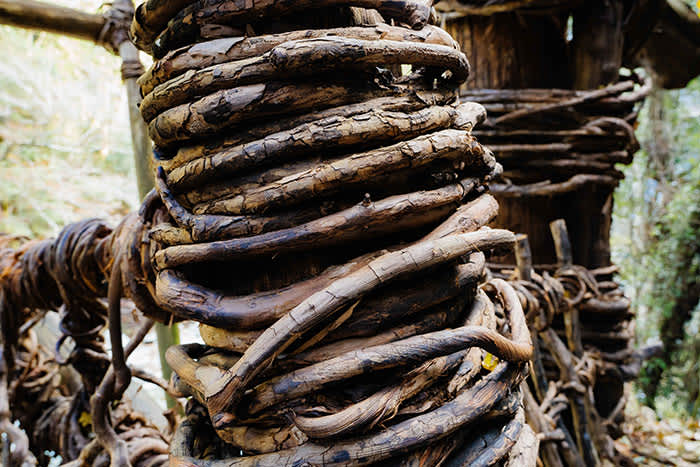
Shirakuchi-kazura
The bridge, made of vines and anchored to towering cedars, blends beautifully with its surroundings. With open slats that give visitors a direct view of the gorge below, it’s an exciting treat for thrill-seekers. A closer look reveals the elaborate craftsmanship that goes into its construction. “Now it’s a tourist site, but in the past, it was a lifeline for locals,” Kamizasa explained as we traversed the bridge. “These bridges were designed to withstand floods, which would often wash away conventional wooden bridges.”
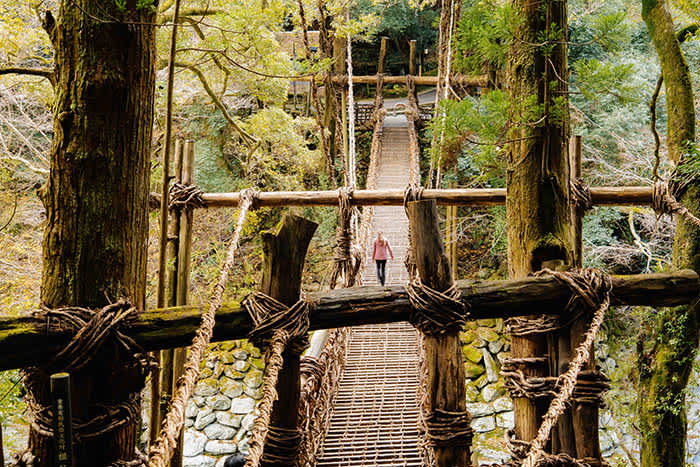
During our time in the Iya Valley, we also visited Oboke Gorge, a stunning natural formation characterized by steep canyons carved by the Yoshino River over millions of years. We sailed along its emerald waters on a traditional boat, with our guide pointing out fascinating rock formations along the way.

Oboke Gorge
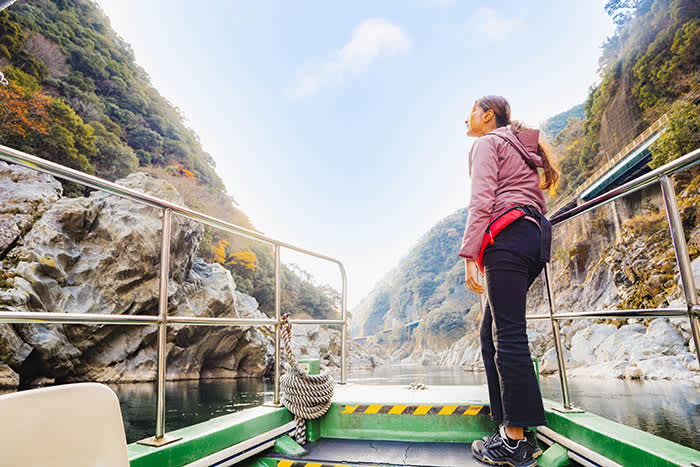
Sailing along Oboke Gorge
Deeper into the valley, we explored Ochiai Village, a historic settlement perched along the slopes of a mountain that rises to almost 400 meters. Many of the village’s homes still feature traditional thatched roofs, offering a glimpse into life in a bygone era. “Nowadays, people can use cars to access their homes, but in the past, they had to walk steep, winding paths to reach their houses,” Miyata noted as we took in the breathtaking pastoral view.
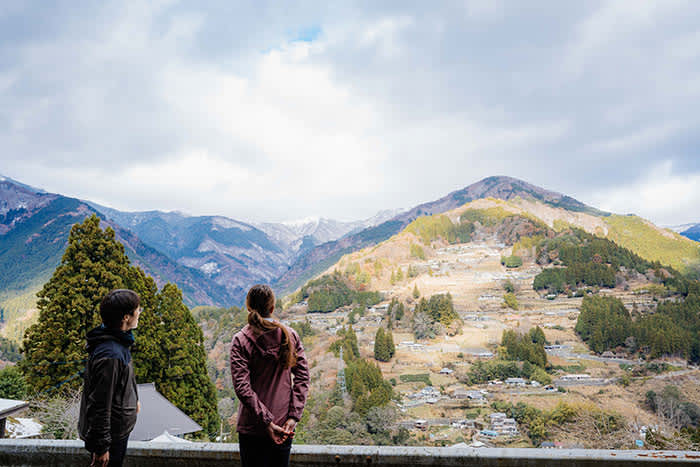
Ochiai Village
We visited Ochiai on a chilly winter day, when the village was blanketed in snow, lending it a magical atmosphere. In warmer months, the fields bloom with white soba (buckwheat) flowers. The hilly terrain makes it difficult to harvest rice, so soba is one of the main crops grown in the area. We joined a workshop to learn the traditional way of making soba noodles, an experience that deepened our appreciation for local culinary traditions.
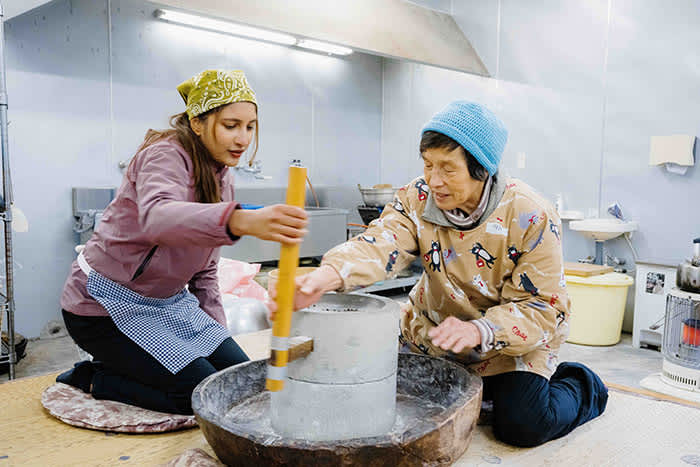
Soba workshop
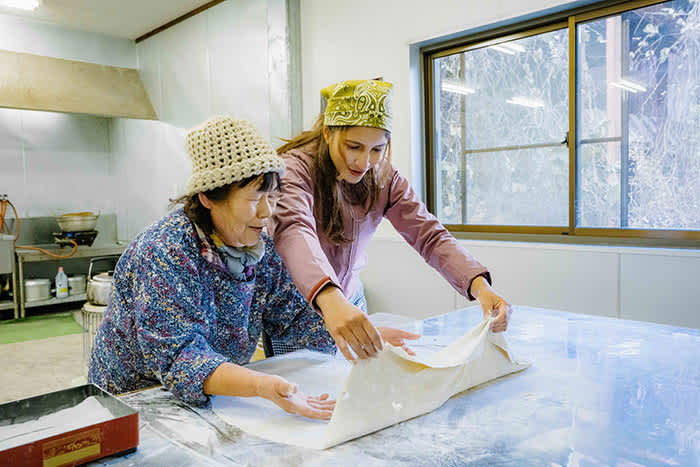
At Atelier Tsuzuki, a cozy workshop perched on the side of a gorge, we crafted soba noodles from scratch. The process began with milling the buckwheat using a hand-powered mill, followed by kneading, rolling, cutting, and finally boiling the dough. It was a labor-intensive process that underscored the skill and dedication required to make this simple yet beloved dish.
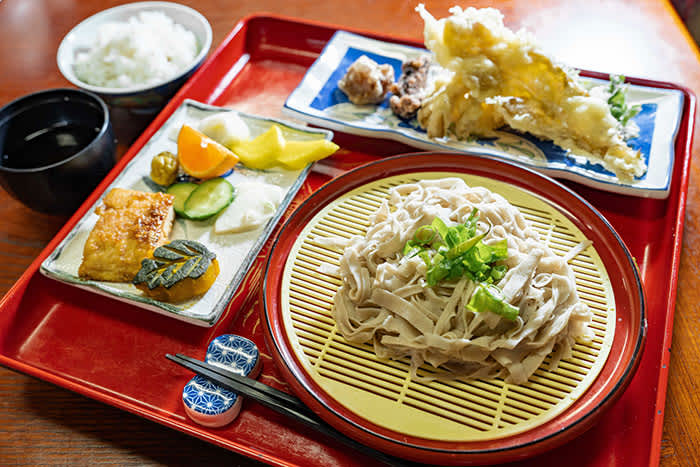
Handmade soba and local delicacies
After our soba was ready, we enjoyed a meal prepared with wild plants and vegetables foraged from the surrounding area. As we savored each bite, the workshop’s owner regaled us with stories of growing up in the Iya Valley and serenaded us with traditional folk songs, providing a heartfelt connection to the region’s rich cultural tapestry.
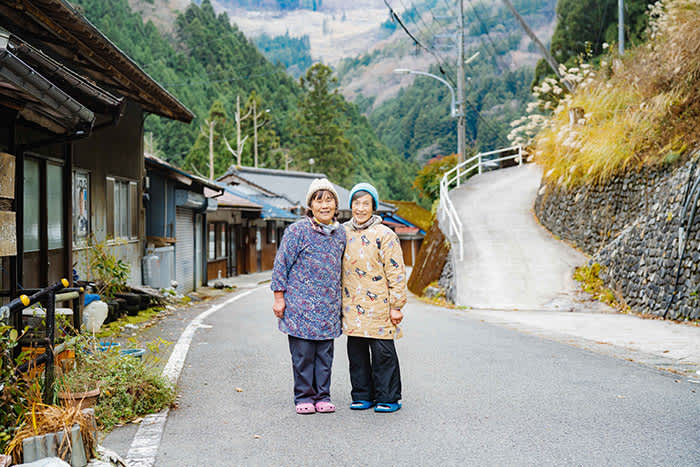
Soba workshop instructors
Our journey through the Iya Valley revealed not just stunning landscapes, but also a community deeply committed to preserving its heritage and traditions. The Kazurabashi Vine Bridge stands as a powerful symbol of this dedication—a living link between past and present. As tourism brings new visitors to the region, it is heartening to see local efforts to ensure that future generations can continue to experience and appreciate this unique cultural legacy.

Links
Yatsugatake (Yamanashi & Nagano)
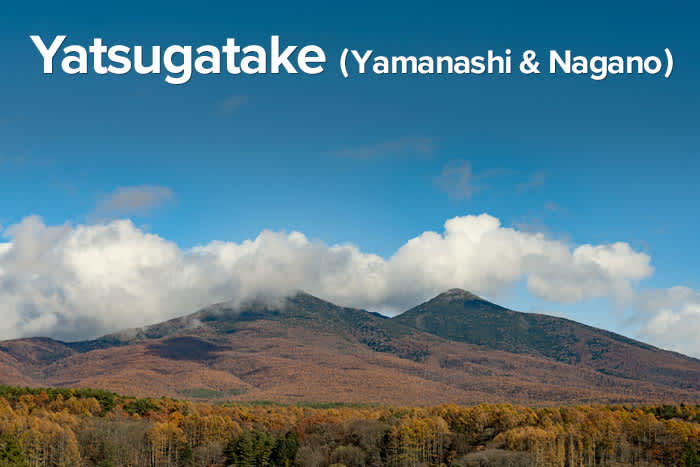

Sustainable Tourism in the Shadow of the Yatsugatake Mountains
The Yatsugatake Mountain Range stretches majestically along the border of Yamanashi and Nagano Prefectures. Below its towering peaks lie flower-strewn highland meadows and idyllic farmlands, nourished by fertile volcanic soils and crystal-clear meltwater. The area is also a model of sustainability, having earned the Japan Sustainable Tourism Standard for Destinations (JSTS-D). Intrigued by its initiatives to protect the natural environment, support local communities, and encourage eco-friendly living, we visited to learn more about the efforts shaping this remarkable area.
Sustainability Spotlight

Takaaki Ishikawa
President of Yatsugatake Tourism Management
Born in Tokyo, Takaaki Ishikawa is an avid mountaineer who has scaled peaks across the globe, from the Swiss Alps to the Himalayas. After spending two years in Zermatt, Switzerland as a hiking guide, he moved to the foothills of the Yatsugatake Mountains—the first place he had ever hiked. In 2023, he became president of Yatsugatake Tourism Management, where he works to promote sustainable tourism and give back to the local community.
We met with Takaaki Ishikawa to learn about his inspiring efforts to promote sustainability in the Yatsugatake region. Ishikawa was captivated by the natural beauty of the area he now calls home. As a migrant from Tokyo, he views his surroundings with fresh eyes, marveling at the dynamic landscapes—from the moss-covered forests of the north and the rugged southern peaks to the bucolic farmlands stretching across the foothills.
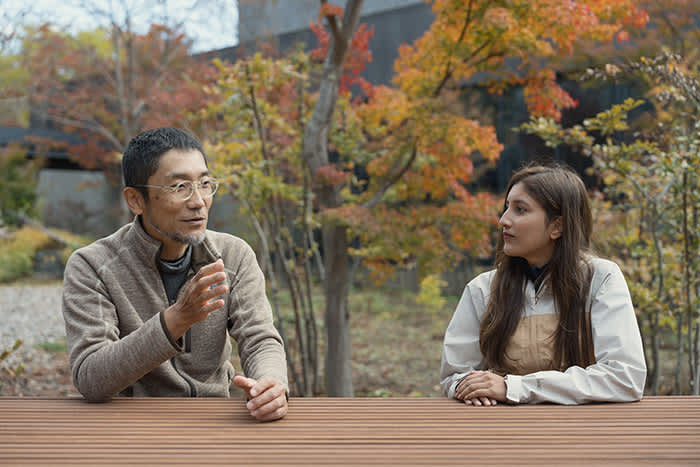
Chatting with Takaaki Ishikawa
“I was inspired by eco-tourism models I witnessed in my time in Switzerland, and wanted to do something similar in this area with so much untapped potential,” explained Ishikawa. His involvement in tourism is multifaceted. In addition to offering eco-themed tours, he organizes school tours to encourage children to value nature from an early age, collaborates with local accommodations and helps nurture the future generation of eco-guides.

“Through these initiatives, my goal is to empower the local economy while preserving the natural environment for future generations—it’s my way of giving back to the community and landscape that gave me so much joy,” he shared.“For locals who grew up here, this may seem like an ordinary place, but for an outsider like me, it’s a treasure trove of nature and culture.” By showcasing the region’s beauty to tourists, Ishikawa also hopes to inspire locals to develop a renewed appreciation for their home. “Coming together for nature activities can also help people from different walks of life forge new connections,” he added.

Forest tour
Ishikawa’s eco tours are designed to raise awareness on ecological issues while encouraging meaningful action. These range from landscape regeneration tours to hands-on farm experiences. On the forest tour we joined, Ishikawa led us along a nature trail, sharing insights about local flora and fauna while encouraging us to pick up litter on the way. Afterward, we enjoyed coffee brewed with fresh mountain spring water. “This water starts as rain and meltwater from the mountain peaks, taking nearly a decade to filter through the rocks,” we are told. Afterward, we planted azalea saplings,a highland species known for its vibrant red blooms in early summer. At night, we participated in a stargazing tour, taking advantage of Hara Village’s famously dark skies. Ishikawa even provided hand-drawn illustrations to help us identify constellations.

Mountain spring
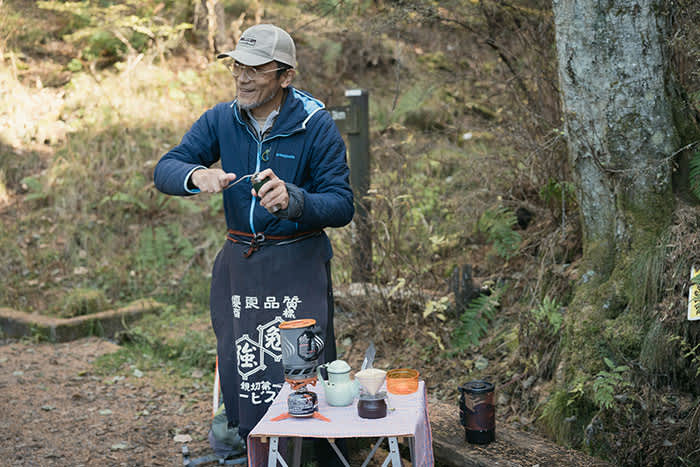
Brewing coffee from spring water
When asked how sustainability shapes his personal lifestyle, Ishikawa explained, “Embracing the villagers’ traditional way of life naturally leads to an eco-friendly existence—whether it’s making jam from wild berries, foraging mushrooms, or exchanging fresh produce with neighbors. The key is taking no more than we need from nature.”

Planting saplings

Stargazing tour
During our stay in the Yatsugatake area, we also joined a Segway tour with Yatsugatake Outdoor Activities, which took us through a vibrant autumn forest of larch, pine, and maple trees. Our guide encouraged us to touch and smell the plants along the trail, while discussing local environmental concerns such as deer overpopulation and its impact on local ecosystems.

Segway tour
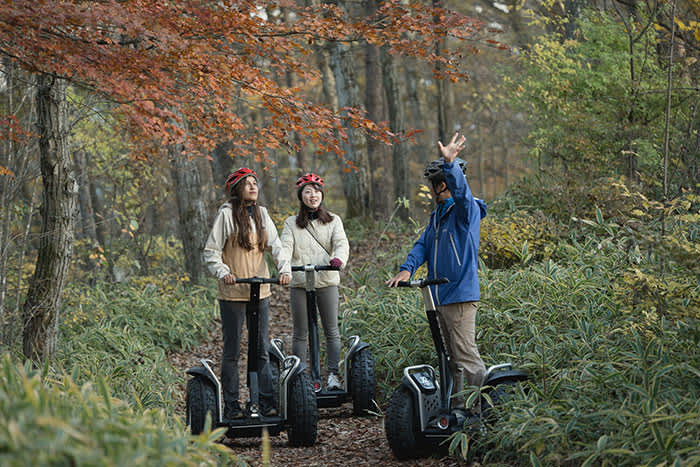
The passion for sustainability and innovative approaches to eco-tourism we found at Yatsugatake offer a blueprint for harmonizing community, economy, and environment. These efforts remind us that sustainability isn’t just about preserving nature—it’s about creating a shared culture of appreciation, care, and balance that can be passed down through generations. Throughout this journey, every step along the forest trails, every sapling we planted, and every story we heard felt like a meaningful stride toward a brighter, more sustainable future.

Links


















